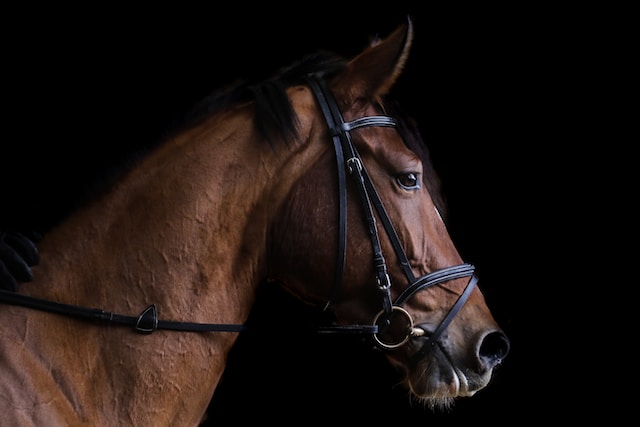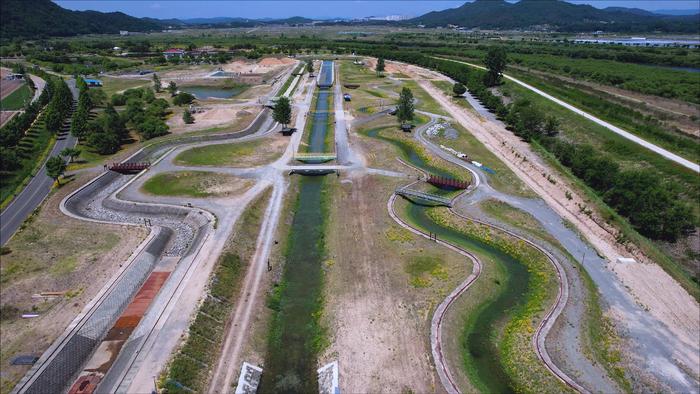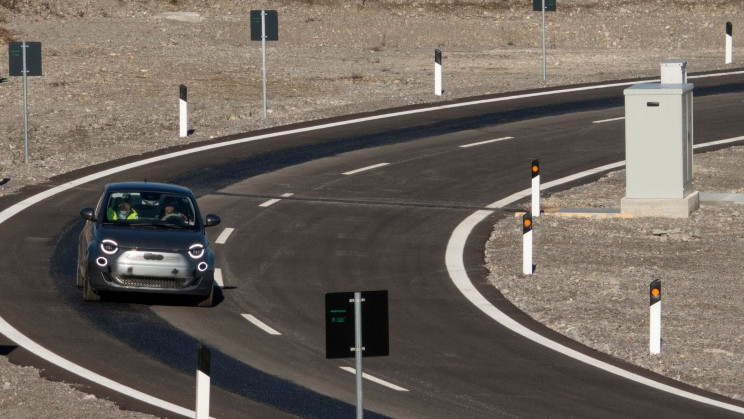Horse racing is fast, explosive, and thrilling for both riders and spectators. However, many cannot help but feel that it could be better.
In their defense, they acknowledge that horses are strong animals but they also have physical limitations. Due to how fast they move, they get tired easily—which means the faster races have to be short.
Let’s take an example of the popular annual Kentucky Derby. These races are already a spectacle to behold, but imagine if the horses could go longer at the same fast pace. Who wouldn’t love that?
If you don’t know what we are talking about, check more about the Kentucky Derby at https://edge.twinspires.com/racing/kentucky-derby/, then you will understand what we mean.
That said, what if we told you that scientists are seriously considering ways to scientifically engineer race horses? These horses will be stronger, faster, and not tire easily if they can successfully pull it off. Here, we will be talking about what kind of breakthroughs they have made and what it means for the future of the industry.
What Tools Are Scientists Using For Genetical Engineering?
Although there are several proposals for genetically tweaking the DNA of horses, one has always stood out. Scientists call it CRISPR—a short form for Clustered Regularly Inter-Spaced Palindromic Repeats.
They found a way to use CRISPR to edit the DNA of the animals in specific ways. So they could choose to only edit strands that affect the leg muscles or size. That way, they can genetically engineer and create athletic freaks of nature.
How Does CRISPR Work?
Although researchers and scientists have their bits, the main work is done by a DNA-cutting enzyme. Once they introduce this enzyme into the DNA, they can direct it to a specific area to cut.
The success of each operation greatly relies on how precise each cut is; in short, there is no room for mistakes.
But how do they know where to cut or direct the enzyme too? Well, further studies show that the myostatin gene sequence in the DNA is responsible for muscle growth in horses.
They were able to unravel that the myostatin gene sequence does the job of limiting the growth and overall muscle mass in these animals. So a little tweak to it could logically translate to more muscles.
And as science has it, these muscles are the propellers; the stronger they are, the faster horses can move in more time.
So in summary, they alter the myostatin gene sequence and alter its ability to limit muscle growth. That way, horses come out stronger, faster, and more well-rounded in all areas.
Drawbacks Of Genetic Engineering in Horses
Using CRISPR may be a game changer, but it also comes with its challenges. Although you are likely to get performance that is off the chart, you should also understand that the industry has to develop a more advanced training system for them.
These ‘clones’ as they call them will also need to grow under well-calculated nutrition to ensure that their more advanced muscles don’t lack the needed nutrients.
Overall, these drawbacks are not very bad or concerning but we cannot also ignore them. We believe that as scientists explore more genetic engineering, they will be able to come up with better innovations to sustain and ensure that the horses grow up healthy like natural ones.
What Do These Mean For The Future Of Horse Racing?
For starters, these DNA customizations are not illegal. The International Federation for Equestrian Sports made it clear that so far these horses come from conventional reproductive methods, but it is still fair play.
In short, these clones can compete in both local and international competitions like the Olympics. And we believe it is going to stay that way until the ruling bodies spot them as having unfair advantages.







